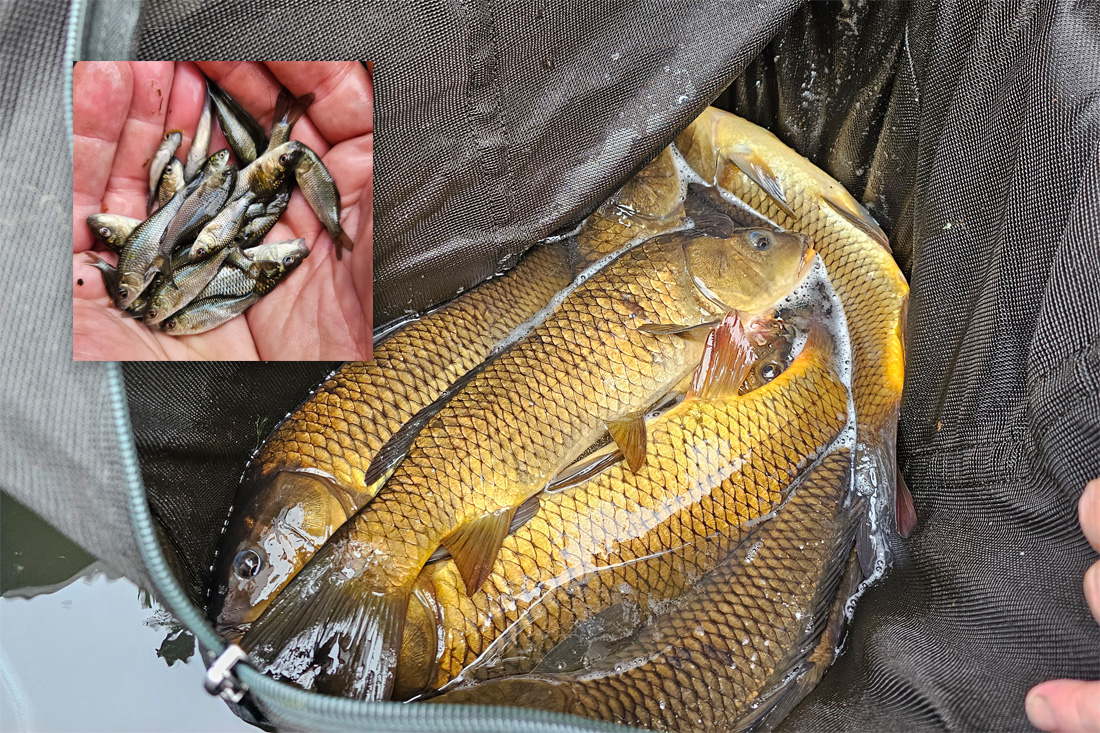The Wild Carp Trust is a registered charity, number 1196426. It was formed in the UK in 2021 by eight friends who were passionately committed to ensuring that our oldest strains of carp didn’t die out. The origins of the Wild Carp Trust, however, began eight years earlier.
Origins of the Wild Carp Trust
Back in 2013, three friends – Stu Harris, Matt Tanner and Fennel Hudson – met on the banks of Llyngwn in mid-Wales. They’d gravitated there through an appreciation of angling history and a desire for adventure and discovery. They were on a quest to find seemingly ‘lost’ strains of carp that, rumour had it, had survived for centuries in remote and out-of-bounds places. Llyngwyn, they’d discovered, contained one of the oldest strains in the UK.
The friends had found other waters that contained medieval strains of carp, but mostly they’d found waters where the strain had been ruined by the introduction of modern varieties of ‘king’ carp. The inevitable cross-breeding between the strains had put an end to centuries of rich heritage and the anglers’ dreams of connecting with fish that were seemingly ‘out of time’.
Stu, Matt and Fennel began to fear for the survival of the few remaining strains of medieval carp. How long would these fish last before their waters were stocked with king carp, either by someone wanting to catch bigger fish or through the transfer of eggs on a bird’s foot? With the ever-present threats of pollution and predation adding to the problem, the odds of these strains surviving on their own looked depressingly bleak.
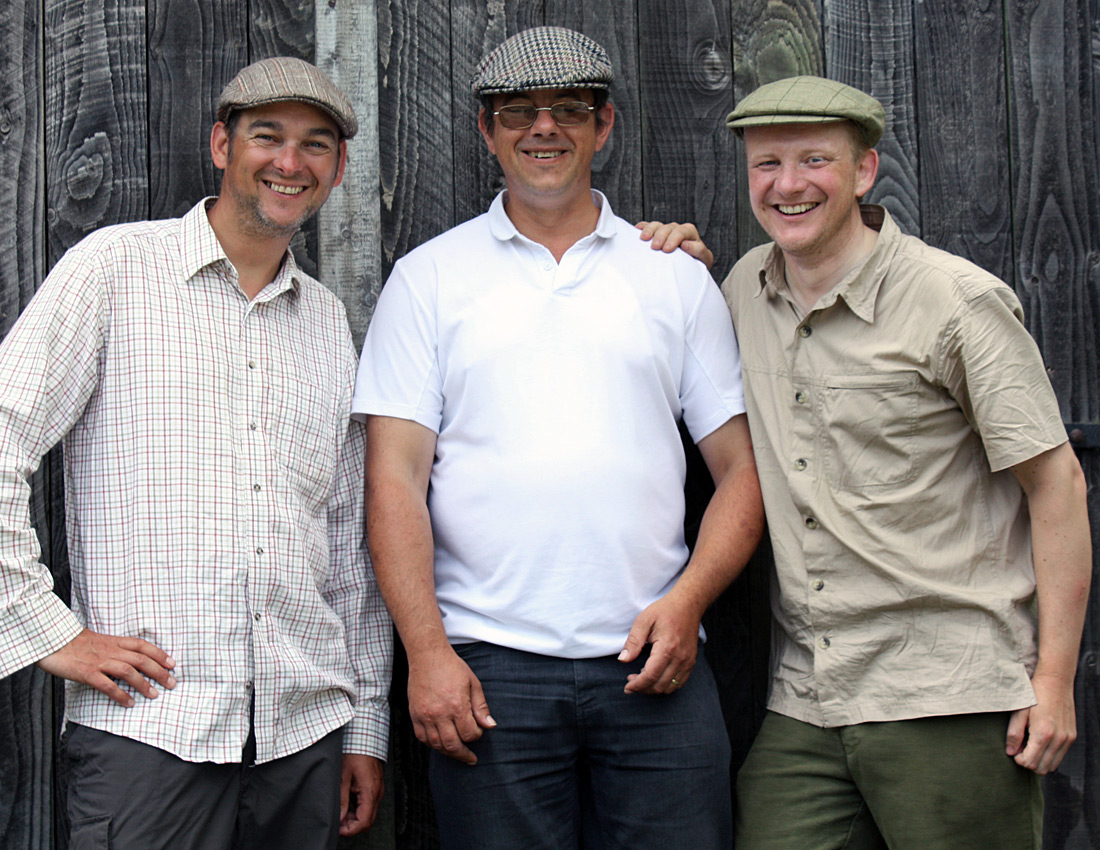
Early help for our oldest strains of carp
Stu, Matt and Fennel decided that our oldest strains of carp needed our help. Each friend offered to use whatever influence and network they had to raise awareness of the wildies’ appeal to the angler and their plight for survival. Matt formed the Wild Carp Trust Facebook Group, led fishing trips to Welsh wildie waters and ensured that those who control the fishing at these lakes understood the importance and value of their fish. Stu recorded several YouTube videos and wrote about wild carp in his books, and Fennel wrote magazine articles and a book about wild carp. Stu and Fennel even recorded a professional feature-length film about wild carp, which sadly came to nothing when the production company lost the footage during editing. Between them, the three friends did more for the popularity of our heritage strains of carp than had been achieved since Chris Yates fished for wildies on television during the ‘Monster Myths’ episode of A Passion for Angling twenty years earlier.
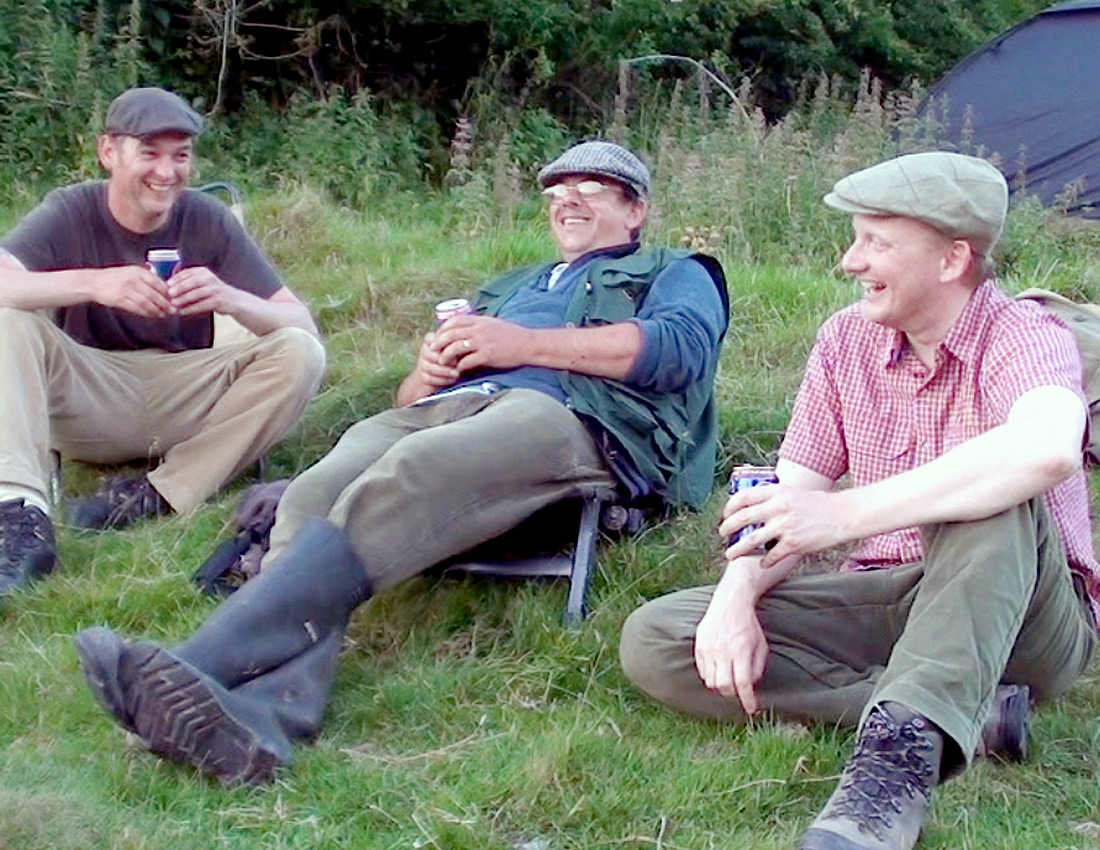
Progress, but not enough
Matt, Stu and Fennel were successful in popularising wild carp. Whilst this generated enthusiasm for our oldest strains of carp – especially from traditional anglers who appreciated the timelessness of wildies and their waters – it was only halfway to achieving their goal.
Sure, anglers were rediscovering wildies, support was growing for these heritage strains, and people were asking what they could do to help; but the wildies were still at risk. Matt, Stu and Fennel knew that to properly secure the survival of these strains, they would need to find waters that could be used as dedicated nature reserves. This took years of dedicated effort. Matt and Fennel, especially, looked at dozens of lakes and even began negotiations to lease suitable waters. But these activities came to nothing. The lakes either contained king carp or were owned by people who wanted more money than the three friends could raise on their own.
A change of approach was needed. Matt, Stu and Fennel needed the help and support of others. They also required a different game plan, and a bit of luck.
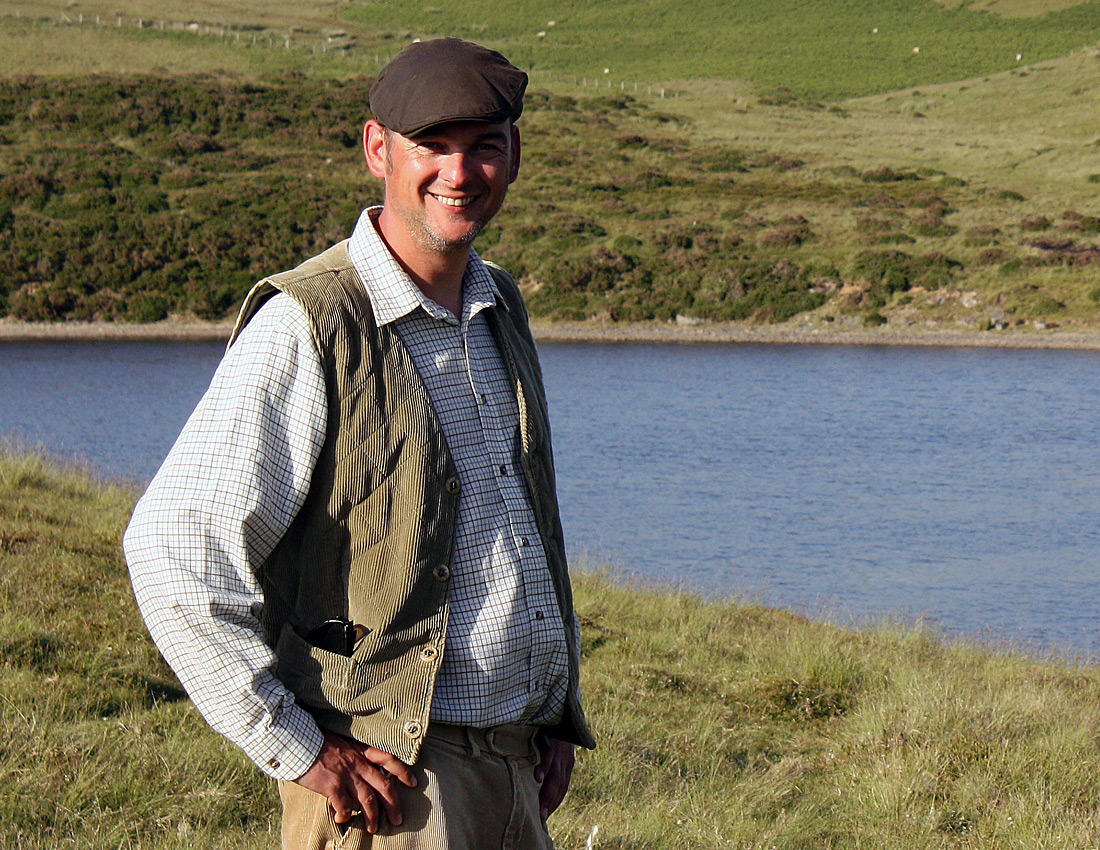
The help and support of others
Tony Protheroe, Peter Whipp and Andy Roberts were the first to offer their help. Each had fished for wildies and understood the value and importance of these fish. Tony had experience of supporter engagement, Peter had experience of liaising with fishery owners and angling clubs, and Andy owned a successful web design and marketing agency. Together they would help to secure more support from anglers and lake owners, to ensure the survival of our oldest strains of carp.
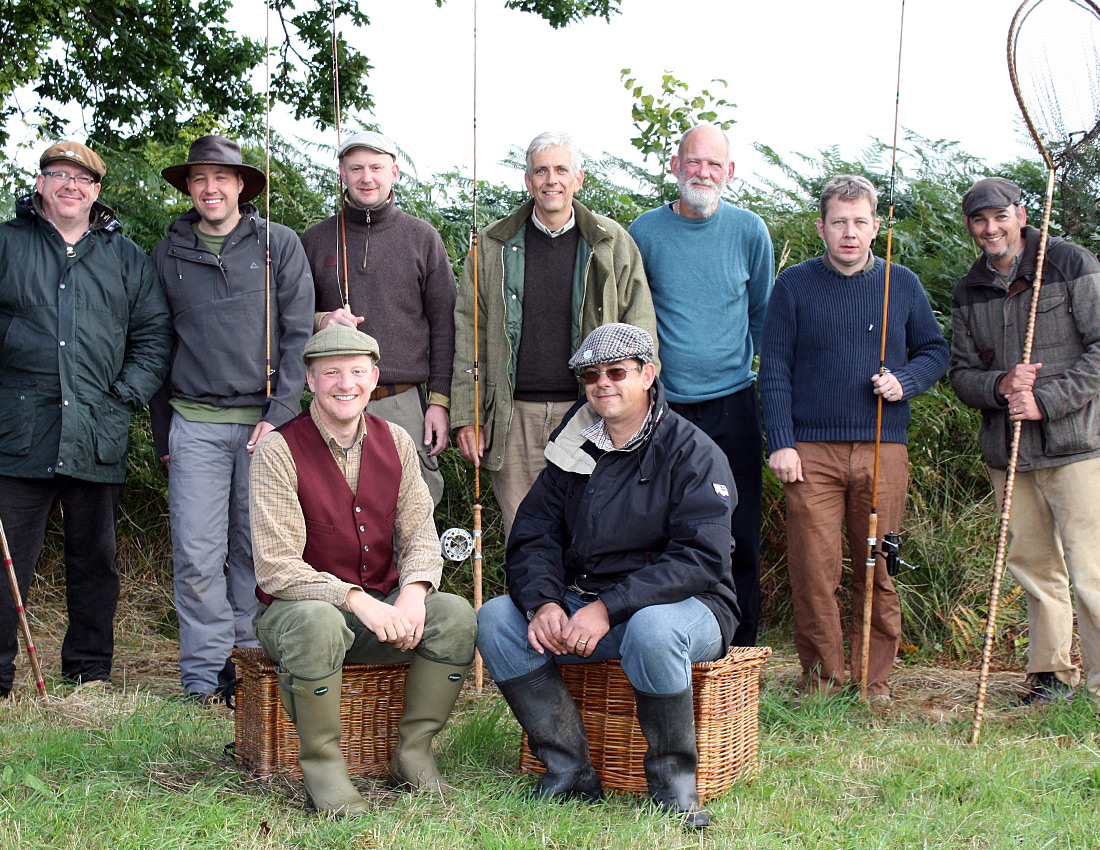
A different game plan
The six friends agreed that they needed to change the way that people think about – and value – these heritage strains of carp. After much discussion, they realised that the true value of our ancient carp – and their broadest appeal – was environmental and not just sporting. What they inherently knew and felt had not been understood by others. These old strains of carp needed protecting for their own sake, not just so that they could be fished for by a niche following of anglers. The ‘pitch’, therefore, would be one of conservation. This, the friends agreed, was so obvious as to be embarrassing. But it focused their efforts. They were now conservationists standing up for the ‘little guy’.
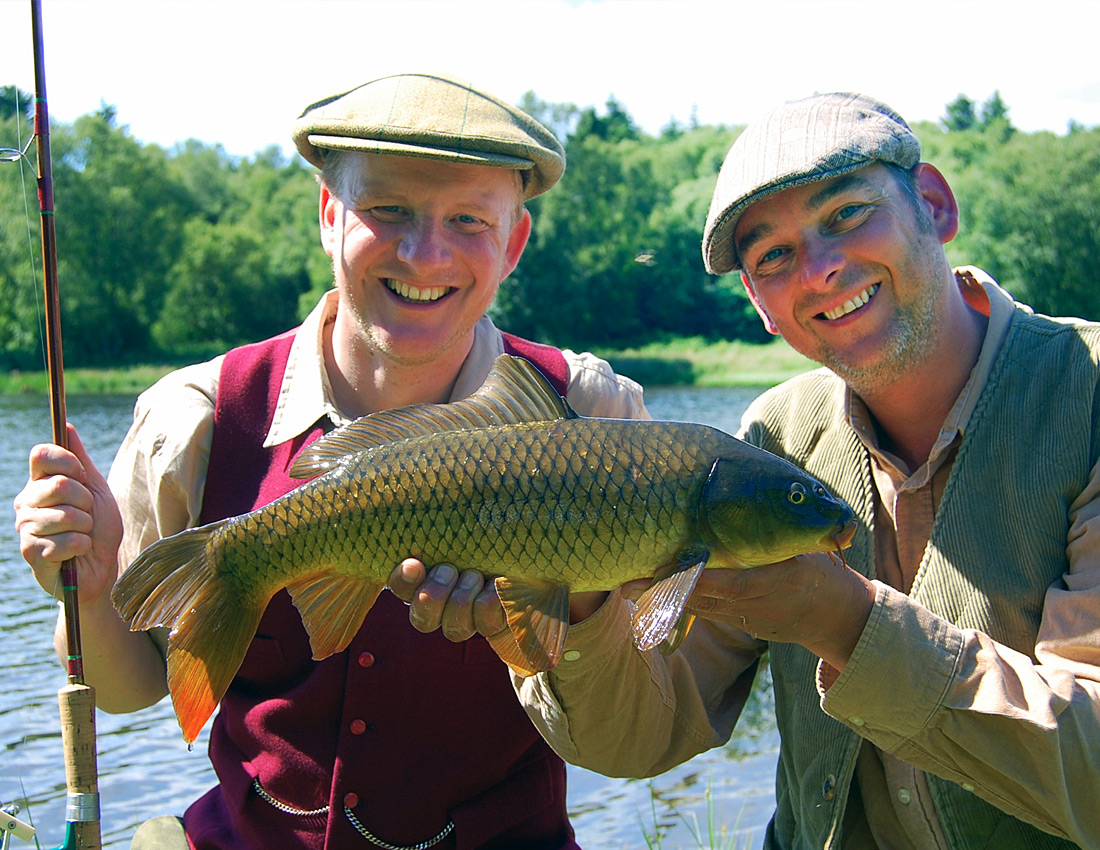
A bit of luck
It was while trout fishing with friend Steven Murgatroyd, during a very mild day in January 2020, that Fennel spoke of the plight of the wild carp and the friends’ longstanding efforts to find a water to conserve them. The lake where Steve and Fennel were fishing had recently been sold after being on the market for a long time. Fennel expressed his frustration about not knowing that the lake had been for sale, then Steve (who is an estate agent) casually mentioned that he knew of another – potentially more suitable – water that might be available.
The water, known as Cowslip Pool because it was created after a pregnant cow fell into a bog and needed to be dug free, had only ever been a trout fishery and so no other fish were present. It was no longer viable as a trout fishery, due to competing waters nearby, and the owners were passionate conservationists.
Two months later, after a visit to the water and discussion with the lake’s owners, Steve and Fennel raised the money to secure the water. Cowslip was ours. All of a sudden, the prospect of creating an organisation to protect our beloved wildies was very real.
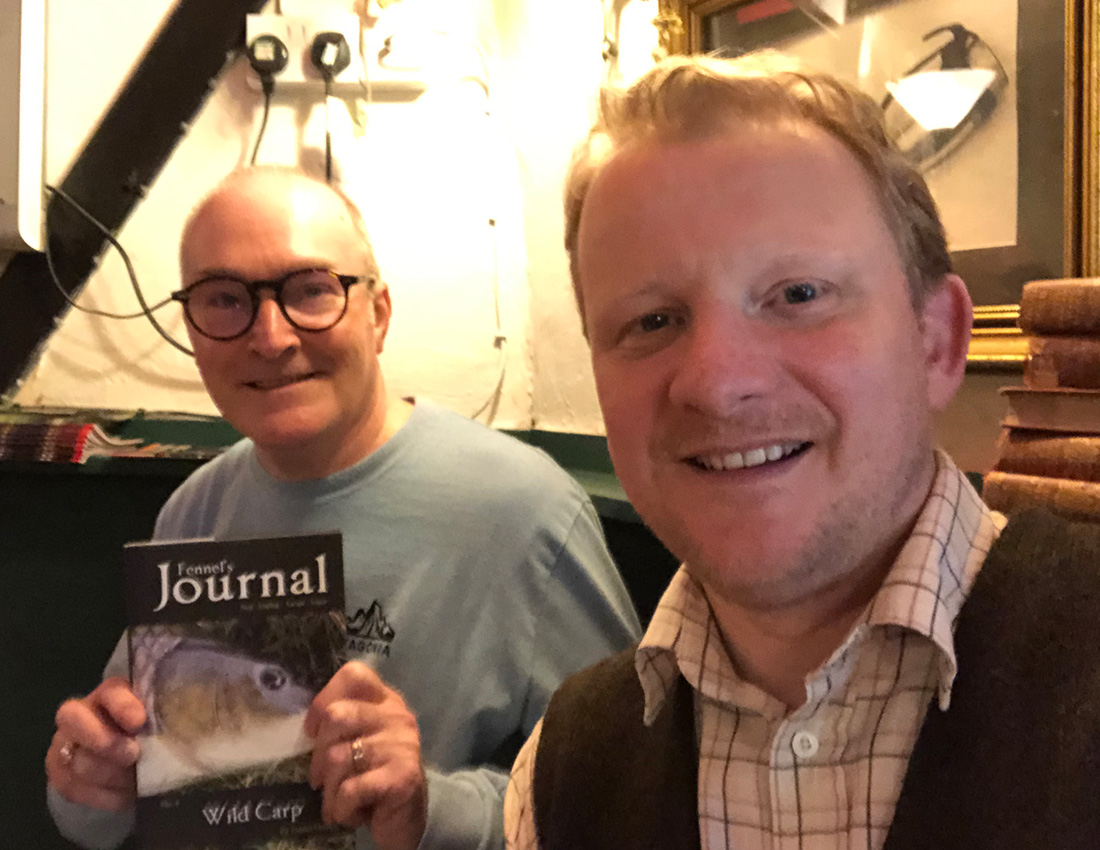
Forming the Trust
Fennel reported the success to Matt, Stu, Tony, Pete and Andy. They agreed that Cowslip Pool was the catalyst they’d been waiting for to form the Wild Carp Trust as a proper conservation charity. This organisation would bring together like-minded people who cared about the survival of our oldest strains of carp. It would be funded by donations and grants, and be managed professionally, without unnecessary bureaucracy or politics, and would have one overriding aim: to conserve our oldest strains of carp.
As a dedicated entity with clear purpose, the Wild Carp Trust would champion and fight for the protection of our oldest strains of carp, educate others about the importance of these fish, and, most importantly, do everything it could to help the few remaining strains of medieval carp.
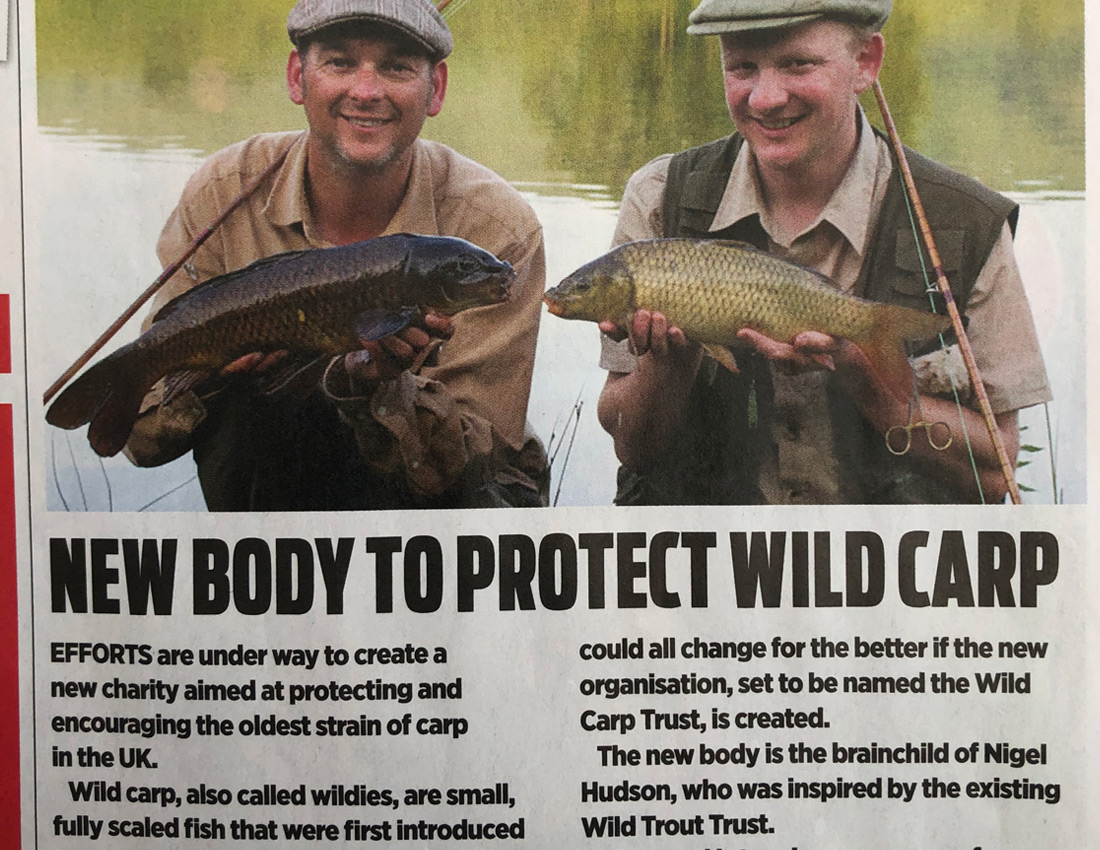
Small is beautiful
That was it, then. The friends would form a proper conservation body to protect our oldest strains of carp. It would start small and grow to whatever size was needed to give our heritage carp their best chance of survival.
The original vision remains: for the Wild Carp Trust to own and rent conservation waters; have dedicated stock ponds with brood fish; be holding its own events and expeditions in search of wildies; be commissioning research; be high profile and easily accessible to those who need its help; and be publishing its own magazines, newsletters, films and books in glorious celebration of our oldest strains of carp. We hope that the Wild Carp Trust will secure safe futures for our heritage carp, for subsequent generations of conservationists and anglers to enjoy. Ultimately it aspires to conserve the original wild carp, if there are any left…
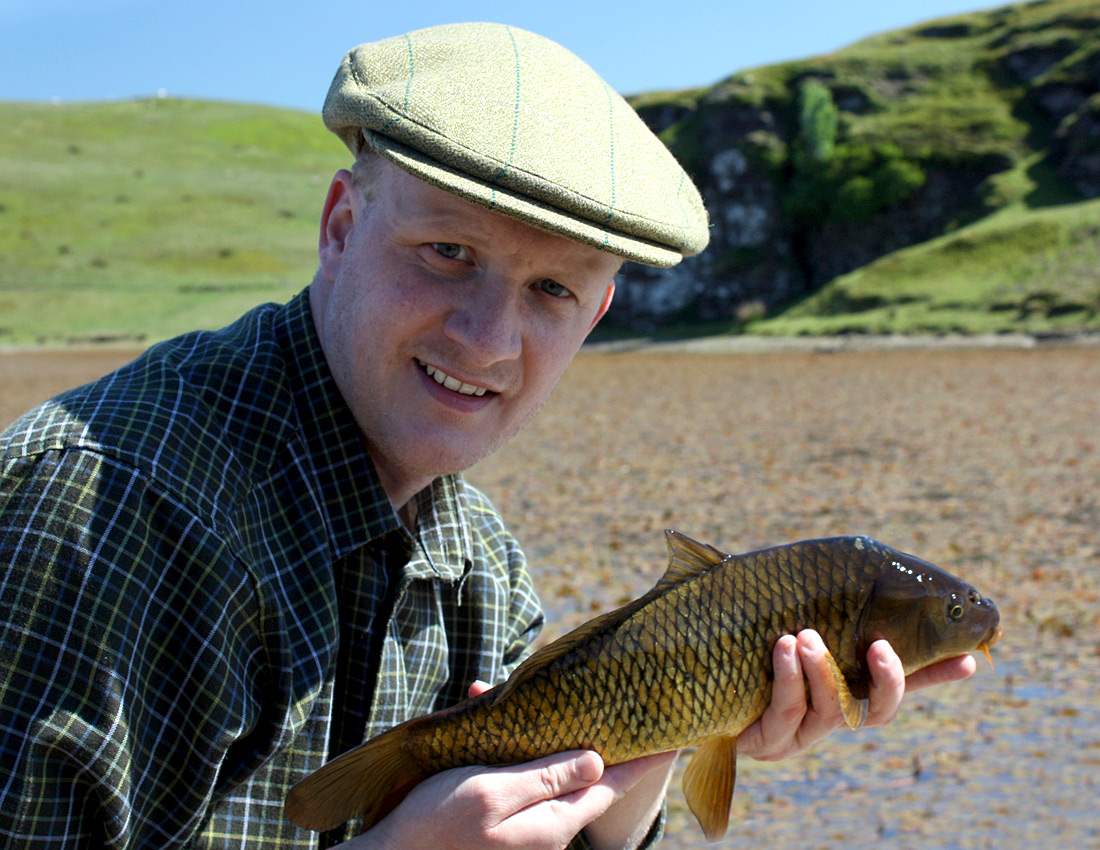
See how we’ve grown
Please see the Wild Carp Trust Blog to learn about how the charity is achieving its objectives. It’s a phenomenal journey, with big successes. We hope it inspires you to join us or donate to support our activities.
